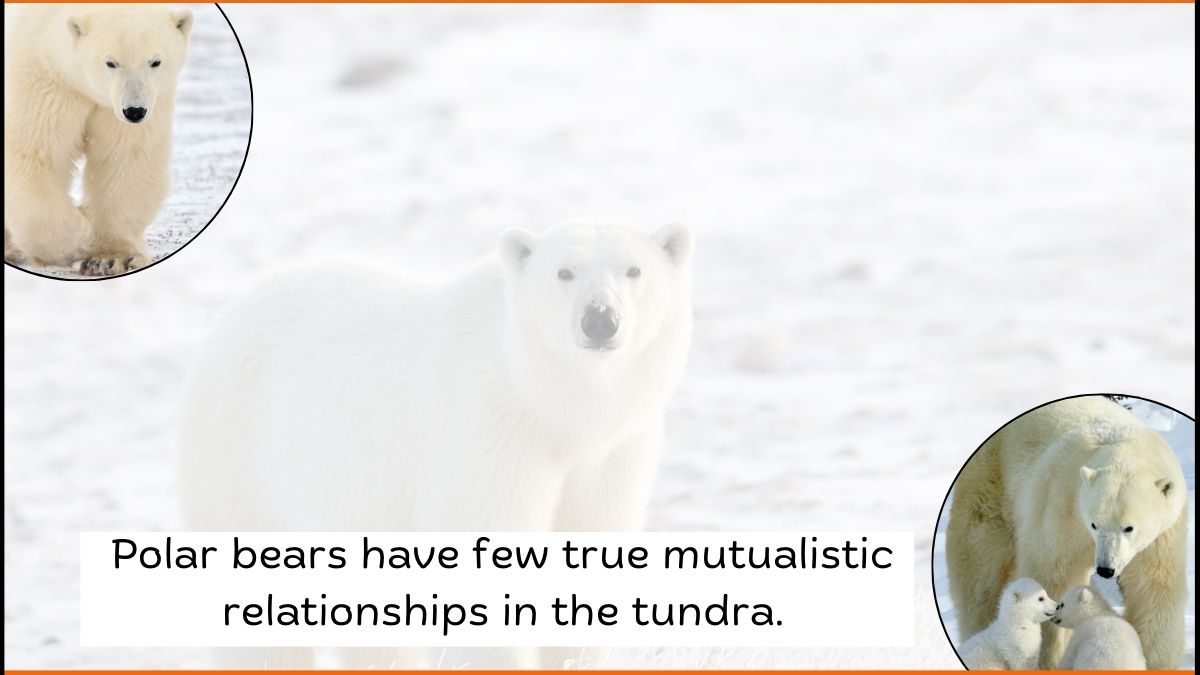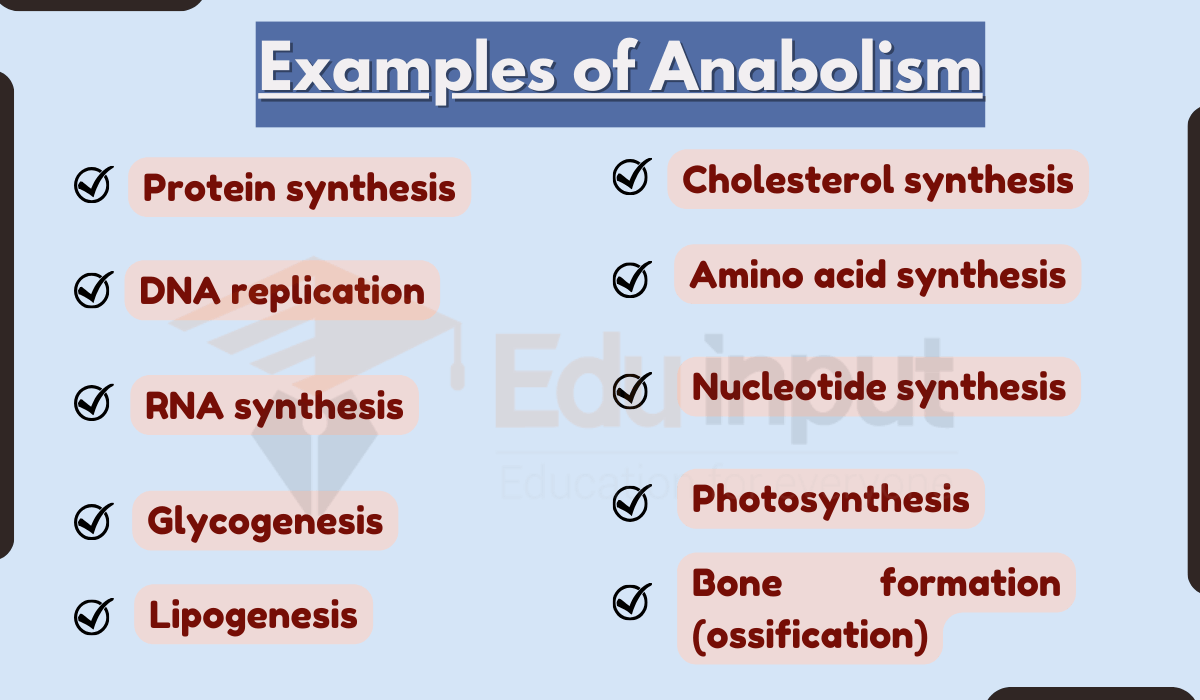Examples of Thermotactic Movement in Animals and Plants
Thermotactic movement refers to the directed locomotion of organisms in response to temperature. Vallisneria leaf rotation, Chlamydomonas movement, Migration of birds to warmer areas are few examples of Thermotactic Movement.
Examples of Thermotaxis in Plants
Plants show thermotactic movements that allow them to maximize their growth in response to temperature.
Here are few Examples of Thermotactic Movement:
Positive Thermotaxis in Plants
- The Vallisneria leaf show positive thermotaxis. When the water temperature increases, the cells on one side of the leaf facing the warmer water grow faster. It helps leaf to rotate and face the warmer water.
- Chlamydomonas is a type of algae that shows positive thermotaxis by moving towards warmer temperatures through the rotation of its flagella.
Negative Thermotaxis in Plants
- Mimosa Pudica Plant: The Mimosa pudica plant displays negative thermotaxis. As the air temperature rises, cells on the underside of its leaves lose water. Its leavesto fold down in response.
- Certain fungi show negative thermotaxis by moving away from warmer temperatures by releasing heat-sensitive chemicals.
Examples of Thermotaxis in Animals
Many animals show thermotactic behaviors that help them regulate their body temperature or find suitable habitats.
Positive Thermotaxis in Animals
Positive thermotaxis is the movement of plant or animal in direction of stimulus (Temperature).
- Many insects are positively thermotactic due to their reliance on heat for regulating body temperature. They are often attracted to light, because it indicates warmth. In colder conditions, insects may fly towards light sources to warm up.
- Some birds exhibit positive thermotaxis by migrating towards warmer climates during the winter months.
Negative Thermotaxis in Animals
Positive thermotaxis is the movement of plant or animal away from the stimulus (Temperature).
- Certain fish species show negative thermotaxis. As ectotherms, they depend on their environment to regulate body temperature. When the water temperature rises, fish swim towards cooler waters to prevent overheating.
- Certain reptiles exhibit negative thermotaxis by burrowing into the ground or seeking shaded areas to escape from warmer temperatures.






Leave a Reply